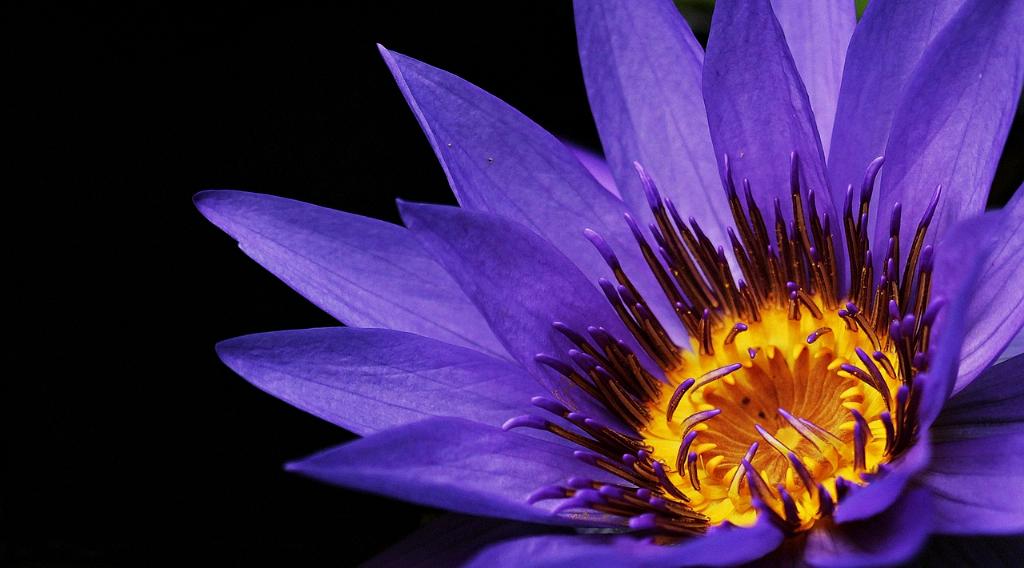If you’re eagerly awaiting the beautiful blooms of your lilies but find yourself disappointed by their lack of flowering, several factors could be at play. One common reason for lilies not blooming is insufficient sunlight. Lilies typically require at least six to eight hours of direct sunlight to thrive and produce blooms. If your lilies are planted in a shady spot, consider moving them to a sunnier location to encourage flowering.
Another factor to consider is the age of the lily bulbs. Older bulbs may struggle to produce blooms, as their energy reserves diminish over time. If you’ve had your lilies for several years and notice a decline in flowering, it may be time to replace the bulbs with fresh, healthy ones to rejuvenate your plants.
Soil quality is also crucial for lily blooms. Lilies prefer well-draining soil that is rich in organic matter. If your soil is compacted or lacks nutrients, your lilies may not have the support they need to bloom. Consider amending the soil with compost or organic fertilizer to provide your lilies with the essential nutrients for flowering.
Watering practices can also impact the blooming of your lilies. Overwatering or underwatering can stress the plants and hinder flower production. Lilies prefer consistently moist soil, so aim to water them deeply but infrequently to promote healthy growth and abundant blooms. Ensure that the soil is well-draining to prevent waterlogged conditions that can lead to root rot.
Furthermore, the timing of planting can influence when your lilies bloom. Planting lily bulbs too late in the season may delay or inhibit flowering, as the plants may not have sufficient time to establish themselves before their blooming period. To ensure timely blooms, plant lilies in early spring or fall, following the recommended planting guidelines for your specific lily variety.
A lack of fertilization and overcrowding are additional factors that can prevent lilies from blooming. Lilies require nutrients for growth and flowering, and they may struggle to access these nutrients if the bulbs are overcrowded or the container is too small. If you notice your lilies are not blooming, check if the bulbs are crowded and consider dividing them to give each plant more space to thrive.
Similarly, if your lilies are growing in a container and not flowering, they may be root bound, meaning their roots have outgrown the container and are unable to absorb nutrients effectively. Repotting your lilies in a larger container or dividing them to separate overcrowded bulbs can help rejuvenate the plants and encourage blooming.
Additionally, pest infestations and diseases can hinder lily blooms. Common pests such as aphids, mites, and slugs can damage lilies and disrupt their flowering process. Regularly inspect your plants for signs of pests and diseases, and promptly address any issues to protect your lilies and promote flowering.
Unexpected environmental factors, such as extreme temperatures or sudden weather changes, can also impact lily blooms. Lilies are sensitive to fluctuations in temperature and may not flower if exposed to prolonged heat or cold. Provide adequate protection for your lilies during extreme weather conditions to help them thrive and bloom abundantly.
Cultural practices, such as improper planting depth or spacing, can affect lily flowering. Planting lily bulbs too deeply or too shallowly can hinder their ability to bloom, as can overcrowding them or planting them too closely together. Follow the recommended planting guidelines for your lily variety to ensure optimal blooming and healthy growth.
In conclusion, if your lilies are not blooming as expected, consider factors such as sunlight exposure, bulb age, soil quality, watering practices, planting timing, fertilization, overcrowding, pests, diseases, environmental conditions, and cultural practices. By addressing these potential issues and providing your lilies with the care they need, you can encourage robust growth and abundant blooms for a stunning lily display in your garden.

